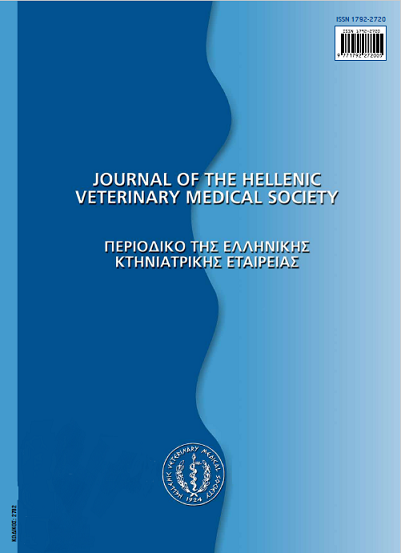Two case studies of 129/Sv testicular teratoma

Abstract
Testicular teratoma is classified among testicular germ cells tumors. While its incidence is relatively low among animals, in 129/Sv mice is presented in relatively high prevalence. It has been revealed that murine teratoma arises from genetically altered germ cells that undergo malignant transformation during embryogenesis. A point mutation on the 129/Sv genome has been incriminated for failing to regulate normal pathways in germ cell development leading in high teratocarcinogenic risk. For a neoplasm to be characterized as teratoma, derivatives from at least two germ cell layers have to be detected. In the present study, two cases exhibiting all three layers (mesoderm, endoderm, ectoderm) are presented while the tissues observed were of epithelial, connective, muscular, and neural origin. Findings include an almost fully shaped large intestine, a structure closely resembling the heart (blood, endocardium, myocardium) and endochondral ossification.
Article Details
- How to Cite
-
SISKOS, N., LELOVAS, P., STASINOPOULOU, M., & KOSTOMITSOPOULOS, N. (2018). Two case studies of 129/Sv testicular teratoma. Journal of the Hellenic Veterinary Medical Society, 68(1), 97–102. https://doi.org/10.12681/jhvms.15568
- Issue
- Vol. 68 No. 1 (2017)
- Section
- Case Report

This work is licensed under a Creative Commons Attribution-NonCommercial 4.0 International License.
Authors who publish with this journal agree to the following terms:
· Authors retain copyright and grant the journal right of first publication with the work simultaneously licensed under a Creative Commons Attribution Non-Commercial License that allows others to share the work with an acknowledgement of the work's authorship and initial publication in this journal.
· Authors are able to enter into separate, additional contractual arrangements for the non-exclusive distribution of the journal's published version of the work (e.g. post it to an institutional repository or publish it in a book), with an acknowledgement of its initial publication in this journal.
· Authors are permitted and encouraged to post their work online (preferably in institutional repositories or on their website) prior to and during the submission process, as it can lead to productive exchanges, as well as earlier and greater citation of published work.



